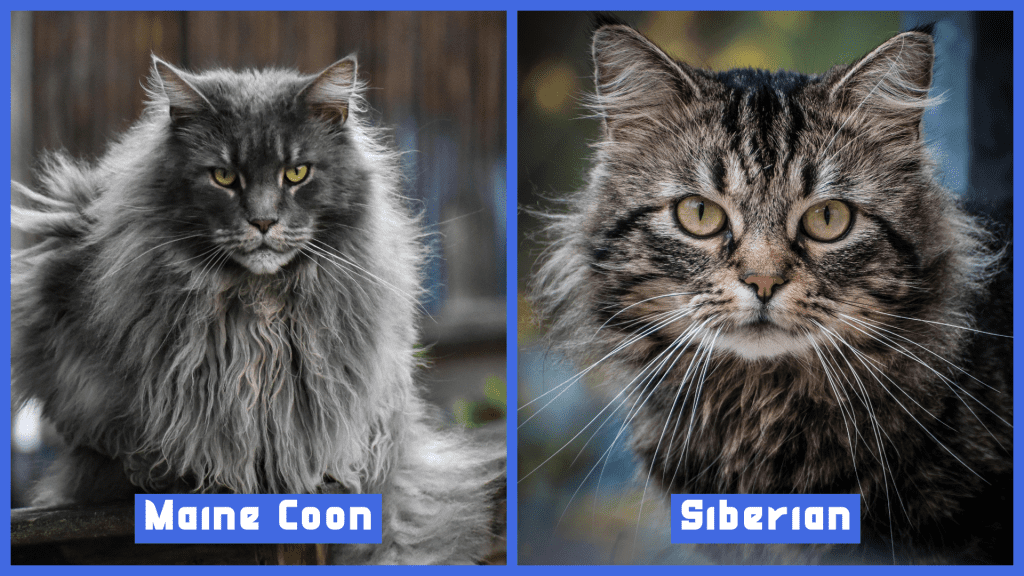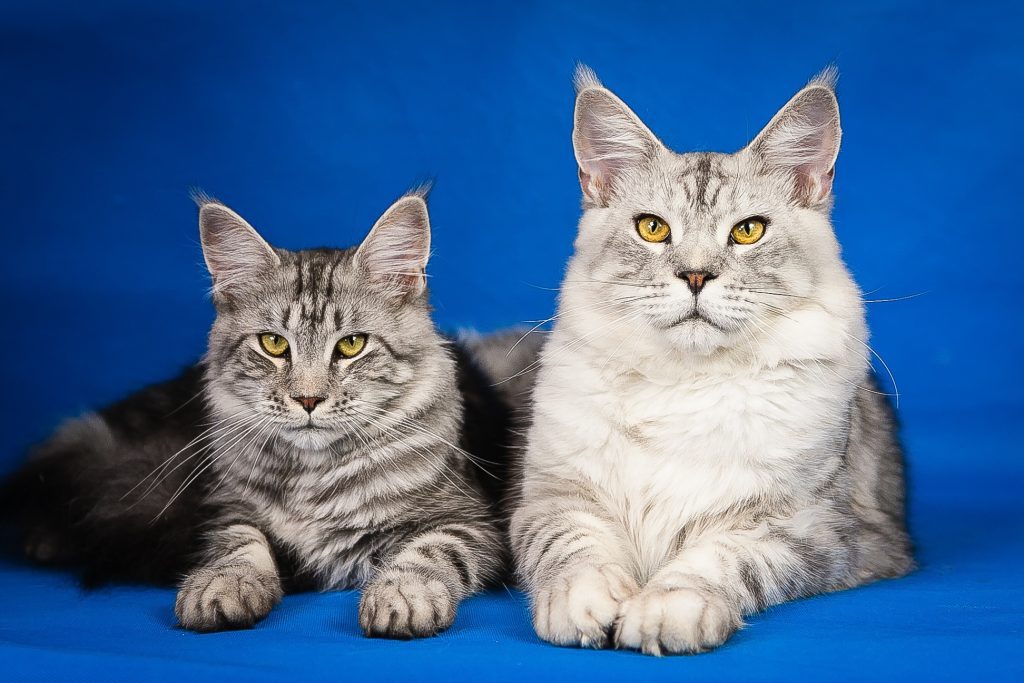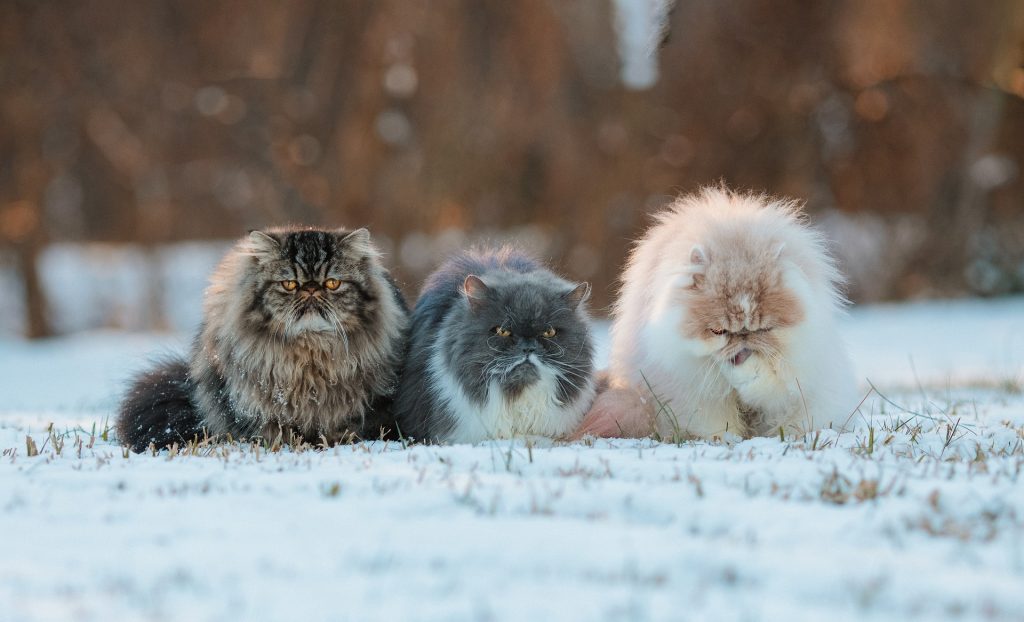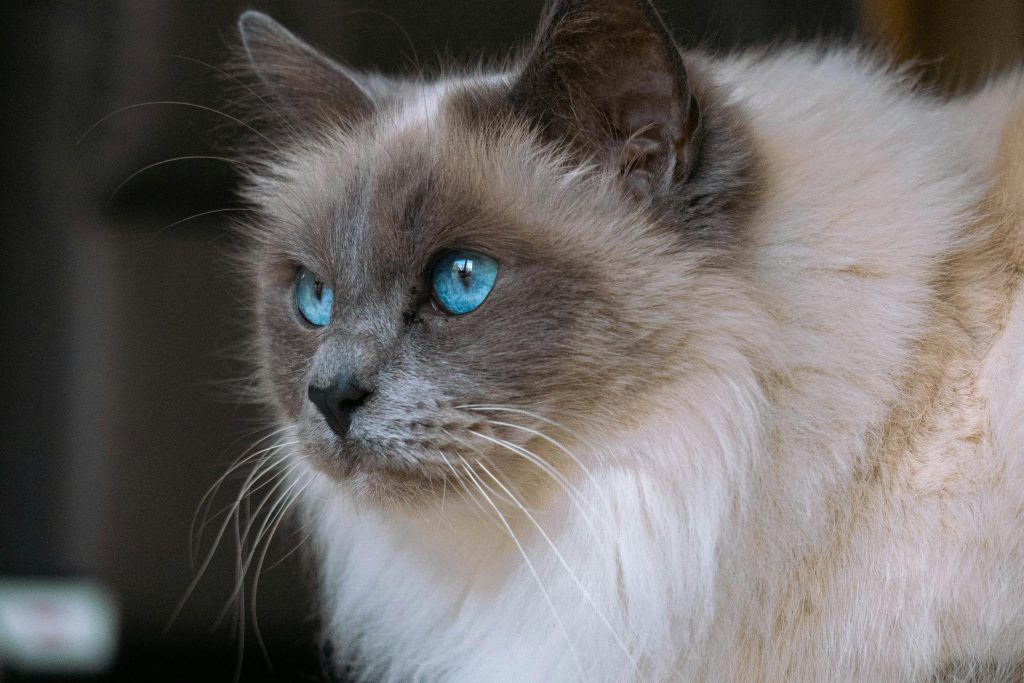Ever spotted a silky, blue-eyed cat and thought, “Ah, a Ragdoll”—only to later learn it was a Ragamuffin? You’re not alone. These two breeds share the same roots but split in the 1990s, sparking a tangle of myths and mix-ups.
This guide gives you the real scoop on size, price, coat, temperament, and more, so you can find your perfect match. Ragdolls are calm, elegant, and always blue-eyed, while Ragamuffins bring broader colors, often a bigger build, and a playful streak.
By the end, you’ll know exactly which breed fits your home, heart, and budget—and you’ll never confuse the two again.
Origins & Breed History
Ragdolls and Ragamuffins share the same unusual beginnings — 1960s Riverside, California, where breeder Ann Baker developed the first Ragdolls from a white longhaired cat named Josephine and carefully chosen mates. The split began in the 1970s, when disputes over Baker’s strict breeding contracts led some breeders to branch out.
These breeders created the Ragamuffin, introducing Persians, Himalayans, and domestic longhairs to expand colors, patterns, and genetic diversity. While Ragdolls stayed true to the blue-eyed, colorpoint look, Ragamuffins embraced variety.
Recognition: Ragdolls are recognized by both the CFA and TICA. Ragamuffins are recognized by the CFA (registration in 2003; championship status in 2011) but not by TICA — a decision tied to differing breed standards and club politics.
Both are purebred cats — not “mutts.” Knowing their intertwined past helps buyers avoid mislabeling, understand price differences, and choose a breed that truly matches their style.
Physical Appearance – Spotting the Differences
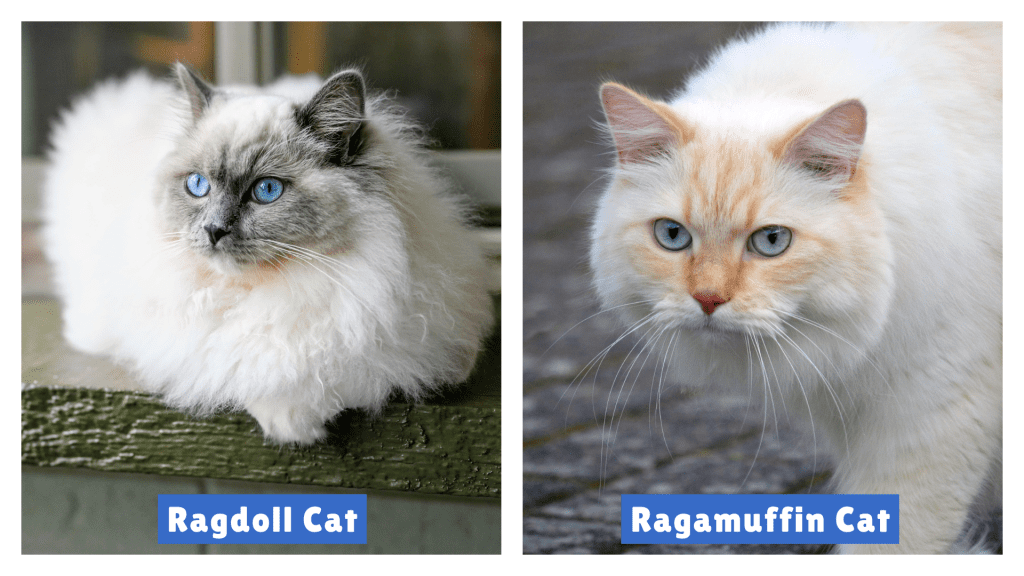
At first glance, Ragdolls and Ragamuffins look like fluffy twins, but a closer look reveals key telltales. Coat patterns are your first clue — Ragdolls are always colorpoint (light body, darker face, ears, tail, paws), while Ragamuffins can be any color or pattern, including solids and tabbies.
Eye color is another giveaway: Ragdolls have only blue eyes; Ragamuffins may have gold, green, hazel, blue, or even odd-eyes. Face shape differs, too — Ragdolls have a wedge-like head; Ragamuffins sport a round, teddy-bear face.
Finally, touch the coat: Ragdolls feel silky with less undercoat, while Ragamuffins are plush and dense. Spot these traits, and you can tell them apart in seconds.
You Might Also Like
Size & Weight – Which is Bigger?
Both Ragdolls and Ragamuffins are true gentle giants, but “bigger” depends on whether you mean length or bulk.
Ragdolls typically have a long, lean, muscular frame — think limousine elegance — stretching about 17–21 inches from shoulder to base of tail, with males weighing 15–20 lbs and females 10–15 lbs.
Ragamuffins often match that length but carry it in a stockier, rectangular build with heavier bone density — sometimes feeling like you’re holding a very furry bowling ball. Both take up to 4 years to reach full size.
Choose taller, longer furniture for Ragdolls, but wider, sturdier platforms for Ragamuffins to support their solid build. Now that you’ve seen the quick differences, let’s dive into how each trait affects daily life—starting with a 10-second ID check.
Personality & Temperament
Both Ragdolls and Ragamuffins are gentle, affectionate “gentle giants” with a follow-you-around loyalty, happily greeting guests and coexisting peacefully with kids and pets. The difference lies in how they love you.
Ragdolls tend to be more laid-back—often going “floppy” when held, though some keep their dignity firmly intact—and are content to lounge nearby. Ragamuffins, while equally cuddly, are usually more playful, attention-seeking, and may trail you from room to room. If your home is calm or you’re away often, a Ragdoll’s easygoing nature might fit best.
Want a social shadow who engages daily? The Ragamuffin could be your match. Either way, you’re getting a devoted companion built for affection.
Grooming & Care Needs
Keeping a Ragdoll or Ragamuffin looking (and feeling) their best isn’t just about beauty—it’s about health. Ragdolls have silky, low-undercoat coats that usually need brushing once a week; focus on armpits, belly, and behind the ears.
Ragamuffins, with their thicker undercoat, do best with 2–3 short sessions weekly, especially during spring/fall sheds. Use a steel comb to prevent mats before they form—removing them later is harder.
Both breeds are prone to HCM, PKD, and weight gain, so combine portion control with daily play. Tip: Make grooming a bonding ritual—five minutes during TV time today saves 20 minutes of detangling tomorrow.
Price & Total Cost (Year-1 and Annual)
A well-bred Ragdoll typically costs $1,200–$2,500 for pet quality, or $3,000–$5,000+ for show/breeding lines. Ragamuffins range from $1,000–$2,500, with rare colors (like mink or odd-eyed) fetching $3,000+.
Prices reflect more than looks—responsible breeders invest in health testing (HCM, PKD), vaccinations, spay/neuter, and early socialization. Ongoing costs add up: premium food ($40–$70/month), annual vet care ($200–$400), and insurance ($25–$50/month).
Adoption is cheaper ($150–$400), but availability is limited. Think of it like buying a car—cutting corners up front can mean higher bills later. Always budget a 20–30% buffer for unexpected expenses.
Suitability – Which is Right for You?
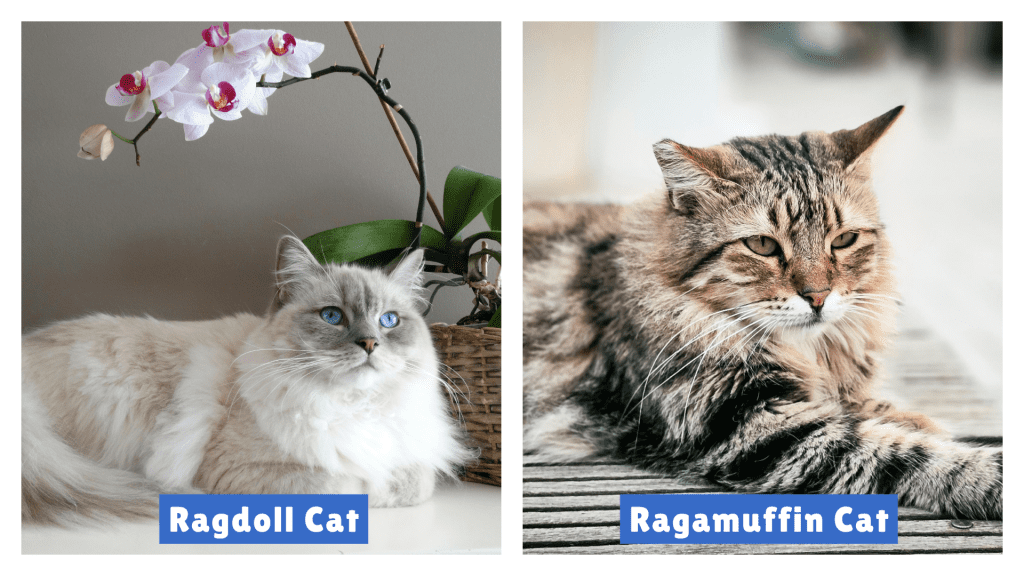
Choosing between a Ragdoll and a Ragamuffin comes down to lifestyle fit, not just looks — and neither breed is hypoallergenic, so keep allergies in mind.
Choose a Ragdoll if…
- You have a quieter home or work remotely
- You want a calm, low-drama companion
- Moderate alone time is fine for your cat
Choose a Ragamuffin if…
- Your household is lively or has kids/pets
- You love a playful “shadow cat” that follows you everywhere
- You want a cat that rolls with noise and bustle
Match the cat to your routine now, not the one you wish you had — your future harmony depends on it.
Common Misconceptions
Many cat lovers fall for myths that can lead to mismatched expectations. Ragdolls and Ragamuffins aren’t the same breed—they split in the 1990s, with distinct standards and temperaments.
Ragamuffins aren’t just “cheaper Ragdolls”; pricing overlaps, and in some areas, Ragamuffins cost more due to rarity. Neither breed is maintenance-free—both need regular grooming to avoid tangles and manage shedding. And no cat is truly hypoallergenic; individual reactions vary.
Finally, while Ragdolls are famously relaxed, they still play, and Ragamuffins may be far more energetic than videos suggest. Research the reality, not the reputation, before you commit.
You Might Also Like
British Shorthair vs Ragdoll Cat – Compare Size, Traits & Price
Final Thoughts
Choosing between a Ragdoll and a Ragamuffin comes down to lifestyle fit, personality, and long-term commitment — not “better or worse.” Ragdolls excel as calm, cuddle-focused companions, ideal for quieter households or seniors. Ragamuffins shine as playful, interactive “shadow cats,” thriving in families with children or multi-pet homes.
To make the best decision:
- Meet both breeds in person at breeders, rescues, or shows
- Match your daily routine to their energy, grooming, and social needs
- Trust your connection — the right cat often chooses you, too
Whether it’s a Ragamuffin curling in your lap or a Ragdoll stretched across the sofa, both offer love, loyalty, and joy.
If you’ve lived with either breed, share your experience — your insight could help someone find their perfect match. And if you’re still deciding, seeing them side-by-side in person might just choose for you.

Hi, I’m Mo Pavel—a writer, researcher, and devoted animal lover. With my Persian cat Luna and two loyal German Shepherds, Rex, and Max, I live a life centered around pets. Beyond my home, I care for stray dogs, ensuring they feel loved and safe. Through Cats Question, I share insights to help pet owners create better lives for their furry companions.


